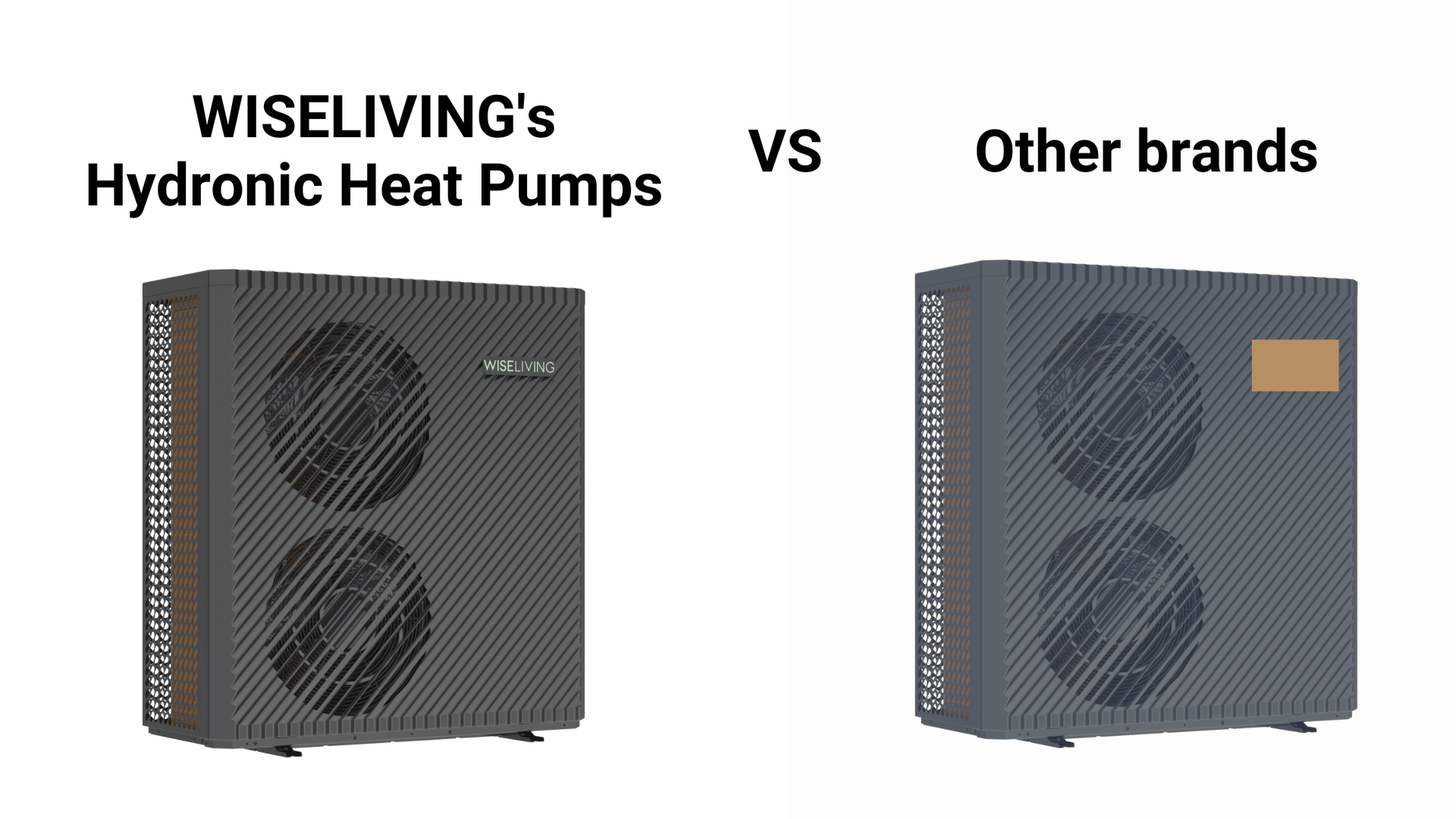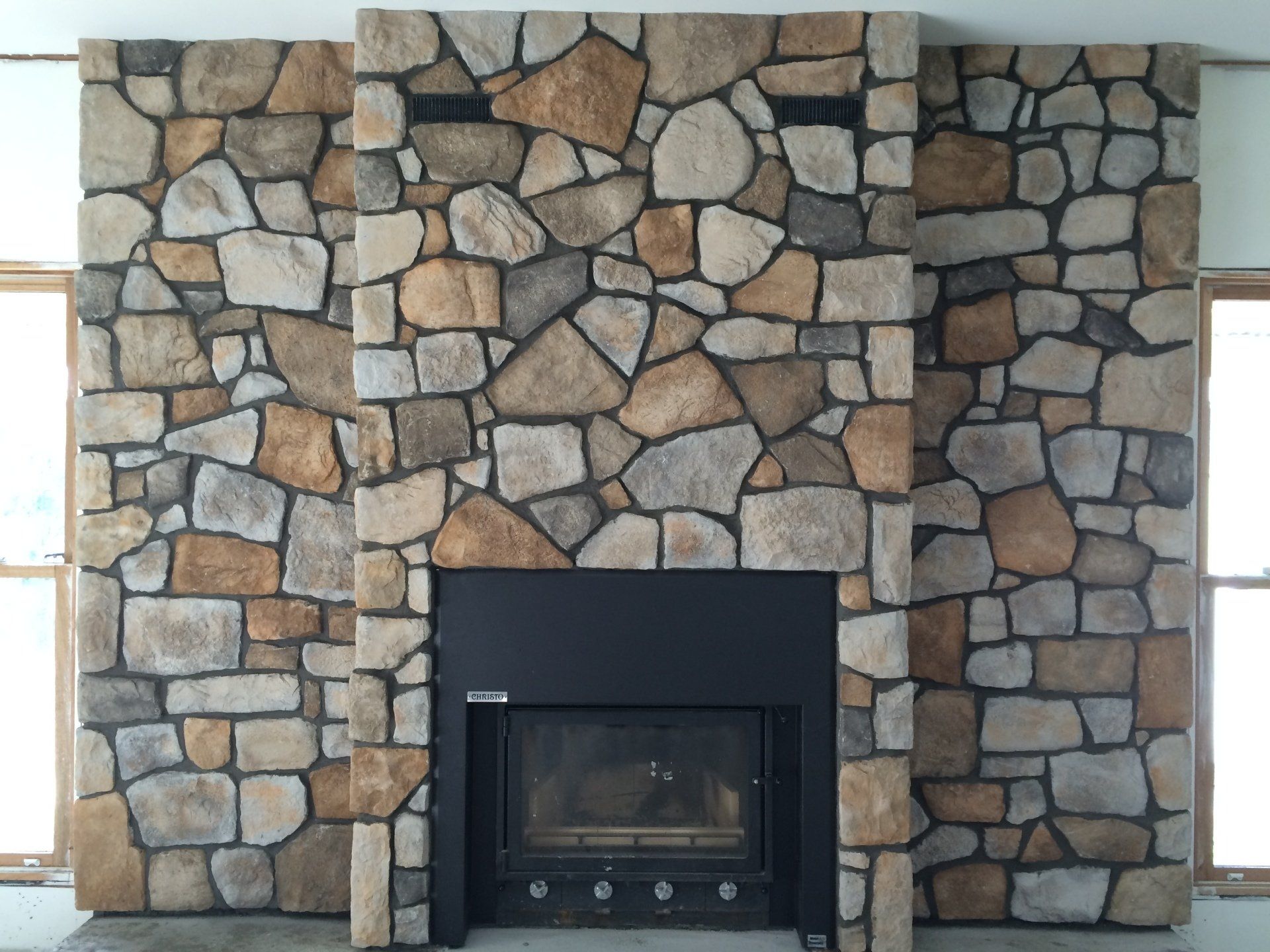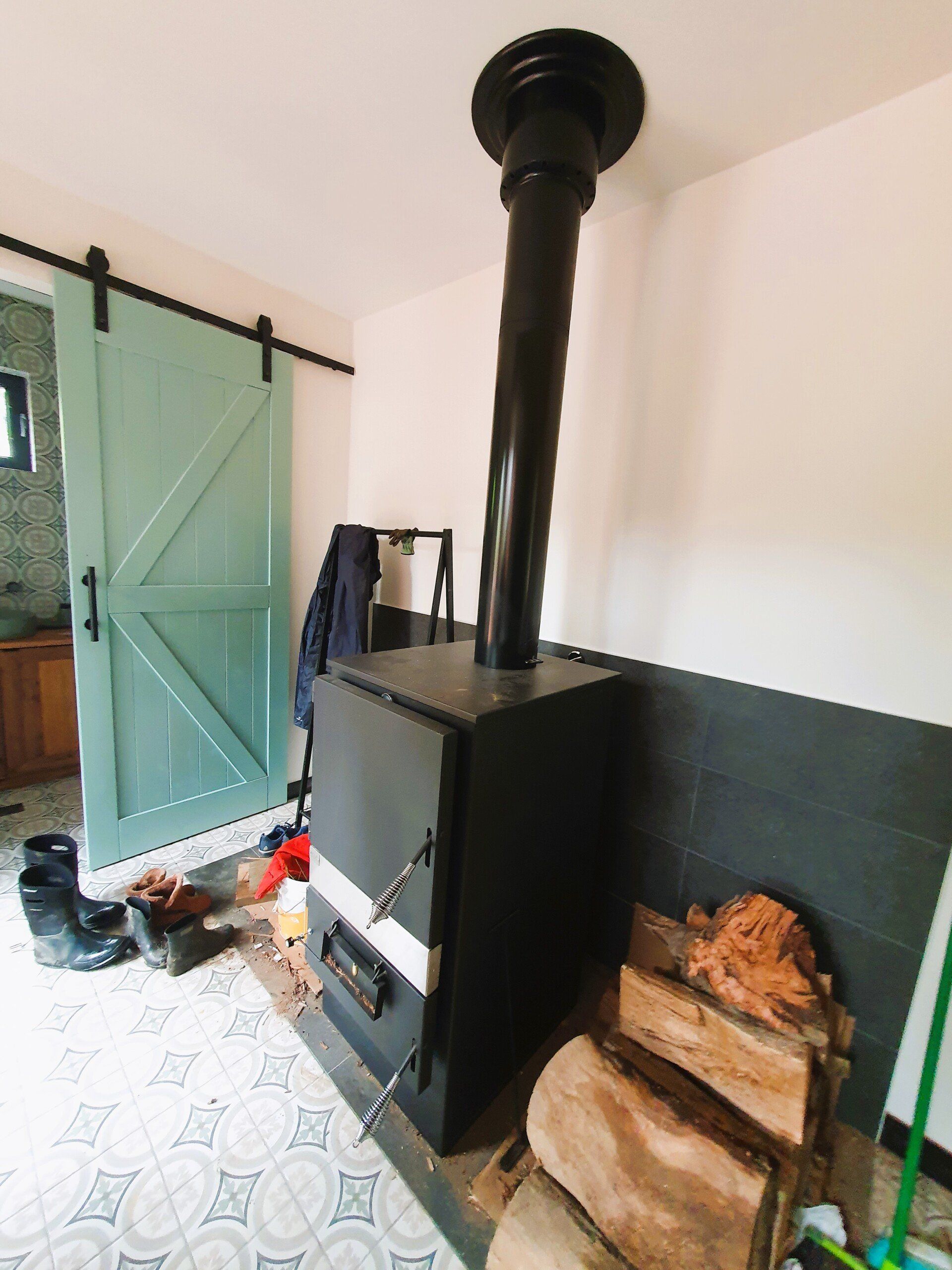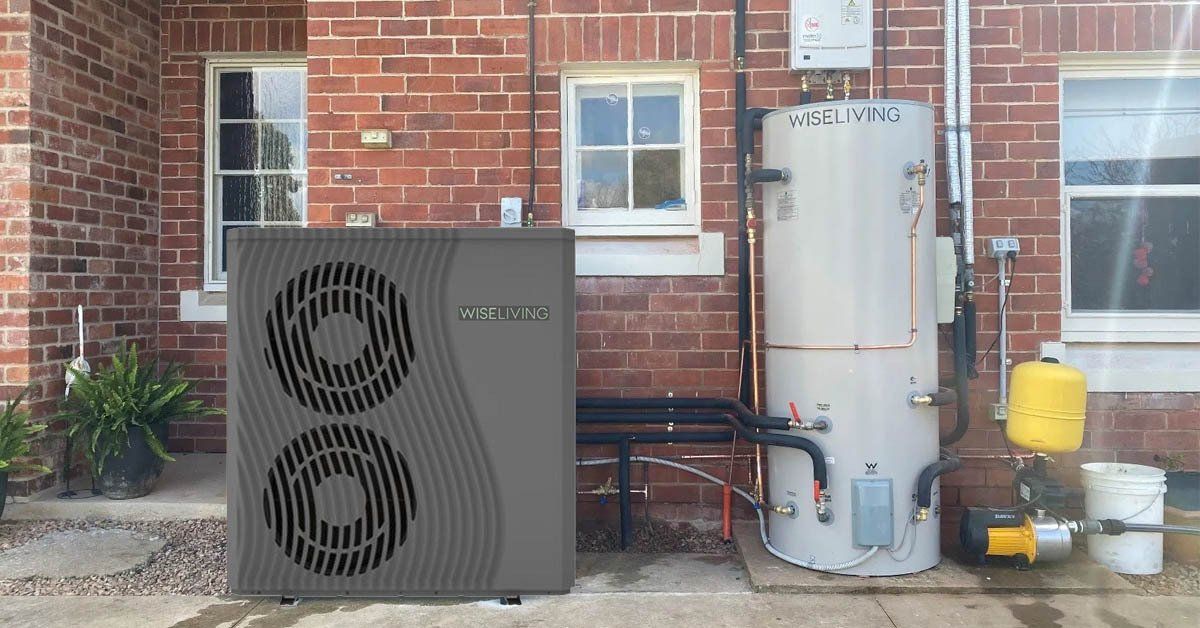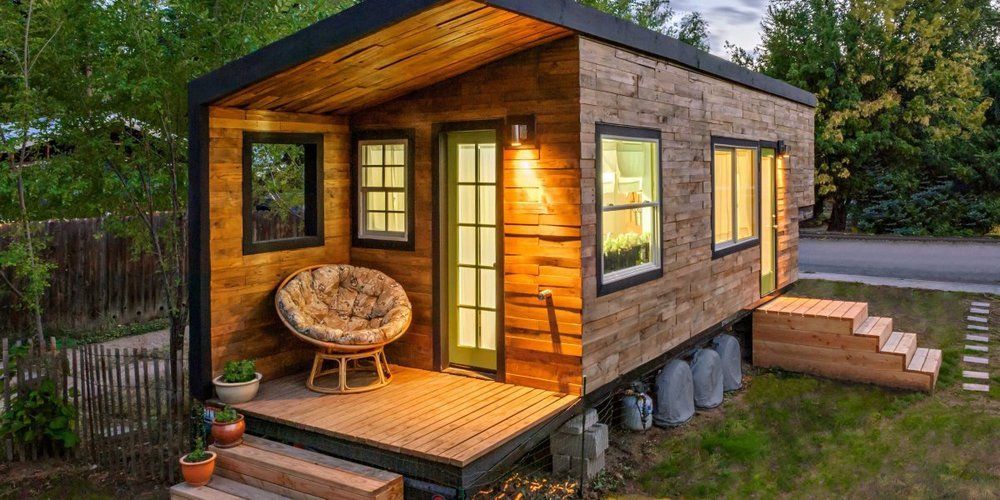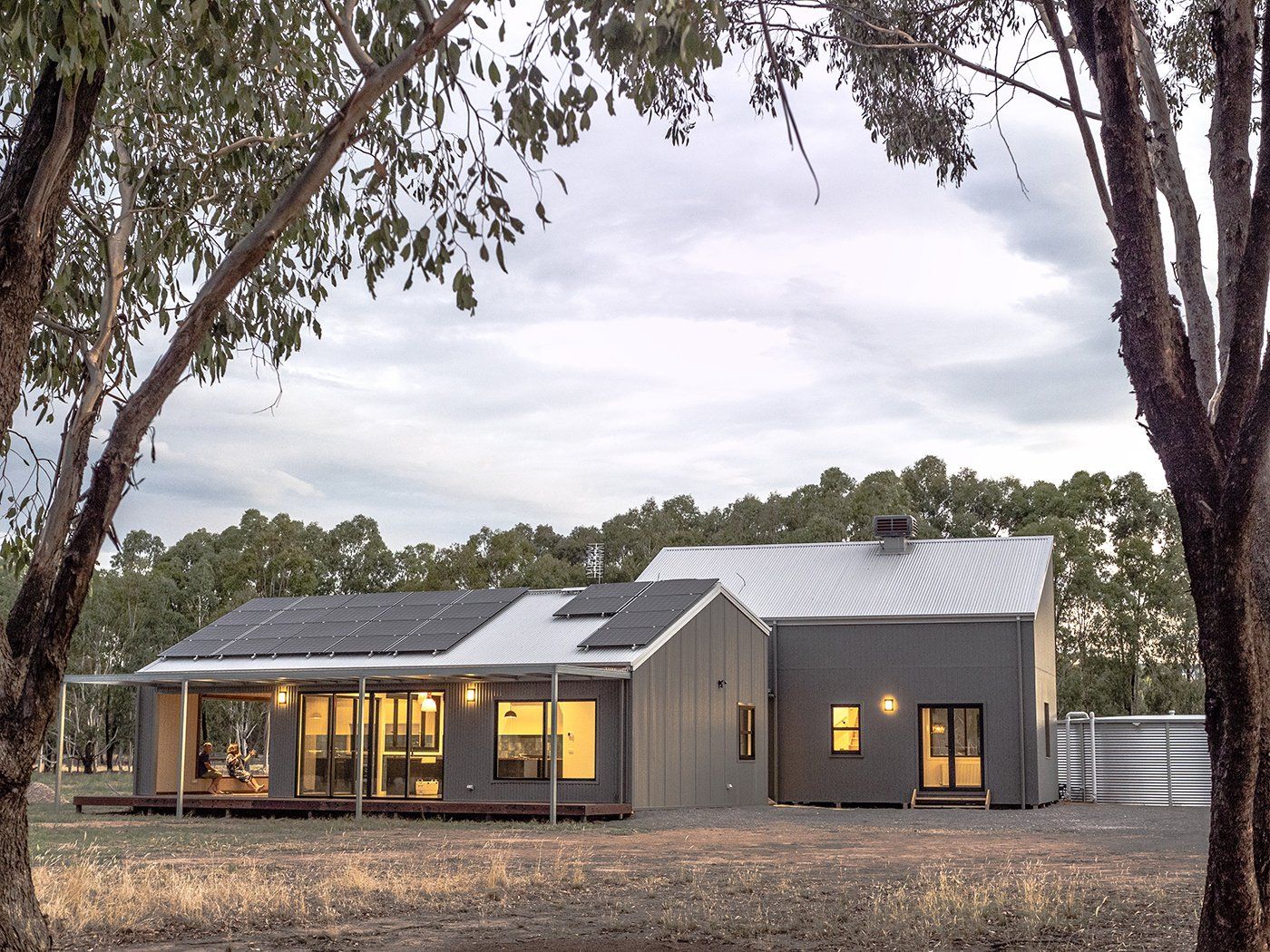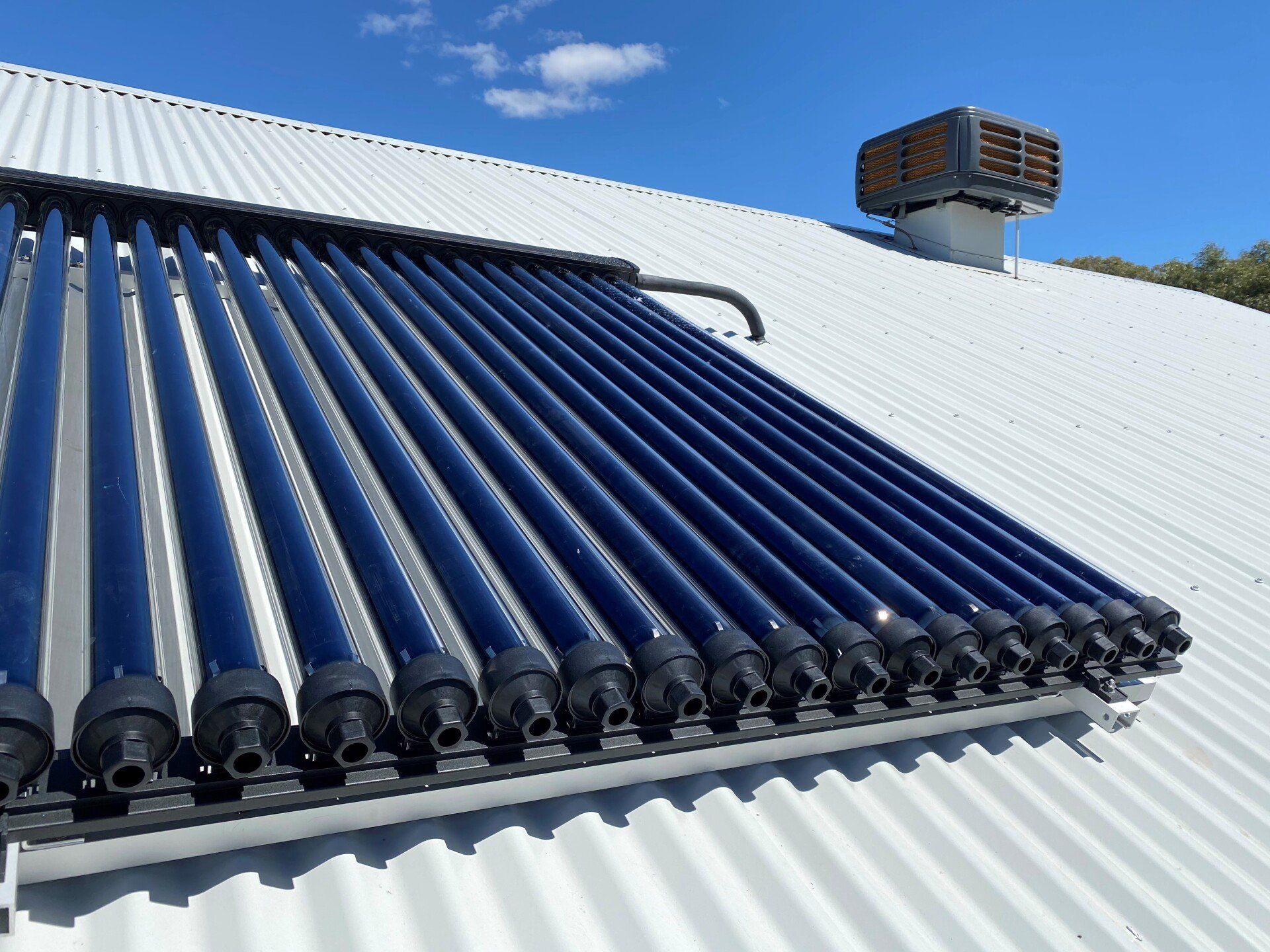What Heat Pump System Works for You? A Guide To Heat Pumps
Technological advancements have led to the development of various systems that people can use to provide heat to their homes. Heat pumps are probably the simplest and most common in-home heating system.
However, even though they’re quite popular, not too many people are aware of how heat pumps work. In this article, we’ll discuss how this system functions and the advantages you can enjoy if you decide to use it for your home.
How a Heat Pump System Works
The internal mechanism of a heat pump can be likened to that of an air conditioner. But, instead of keeping the air inside your house cool, you can use it to keep your home warm and comfortable during the winter season.
Basically, a heat pump works by collecting air from outside your home and warming it to a higher temperature before dispersing it inside. It usually uses a compressor as well as gas or liquid refrigerant to warm up the air and distribute it inside your house.
A typical heat pump system is composed of various parts. Its two major components are the outdoor and indoor units. In a basic heat pump setup, the outdoor unit features a coil that serves as an evaporator. It’s also equipped with a fan that’s designed to move the air over the coil in order to facilitate the heat exchange.
Like the outdoor unit, the indoor component is also made with a coil and a fan. In heating mode, the coil functions as a condenser while the fan blows the warm air through the ducts.
Many heat pump systems are also made with a reversing valve. As the name suggests, this component allows the user to switch between heating and cooling functions by allowing the various parts of the system to operate in the opposite direction.
Types of Heat Pumps
The development of heat pump technology has led to various innovations that have improved the overall features and operations of this system. These changes have led to the emergence of different types of heat pumps.
Air-Source Heat Pump
Probably the most common type is the air-source heat pump. The operation of this system is similar to the process discussed above. It works by using a fan to draw in outside air. The air then flows over coils that are filled with refrigerant.
As the coils begin to warm up, the liquid in the refrigerant evaporates. The resulting gas then moves through a compressor to raise the temperature. The heat produced from this system is then transported to various parts of a house through a series of ducts and vents.'
Geothermal Heat Pumps
Although geothermal or ground-source heat pumps are also designed to provide warmth to an enclosed space, they work differently compared to an air-source heat pump. Instead of outside air, this type of heat pump relies on water that’s moved through a network of underground pipes.
It then takes advantage of ambient heat or the heat naturally generated by the ground to warm up the water in the pipes. This type of heating method can also be integrated with hydronic heating systems. Instead of burning fuel or using another energy source, this system will use ambient heat to warm the water running through the pipes installed underneath your home’s floor or within its walls. The heat coming from these pipes can warm up the various rooms of your house.
Benefits of using a Heat Pump
One of a heat pump’s main advantages is its overall cost-efficiency. Compared to other heating systems that require the use of direct electricity, gas, or other fuel sources, a ground-source heat pump is cheaper to operate. For one, it relies on a natural energy to provide heat.
Air-source pumps are also more cost-efficient than other systems. In fact, according to a report released by the Melbourne Energy Institute in 2015, homeowners in Melbourne could save up to $658 in heating costs annually.
Another major advantage of heat pumps is their environmentally friendly operation. Since geothermal heat pumps are designed to use Earth’s natural heat to provide warmth to a house, they can significantly reduce the home’s greenhouse gas emissions. This is the main reason why heat pumps have been the preferred heating system of homeowners who are looking to pursue a sustainable and off-the-grid type of lifestyle.
In addition, connecting a geothermal heat pump to a hydronic heating system makes it very safe to use in a home. Unlike other systems, this configuration doesn’t require forcing warm air out of vents and ducts. Instead, through a hydronic heating system, the heat can be delivered to various parts of the house through a network of pipes and radiators.
Since it doesn’t push air out of vents, this system also doesn’t contribute to the spread of bacteria, pollutants, and allergens inside the house.
